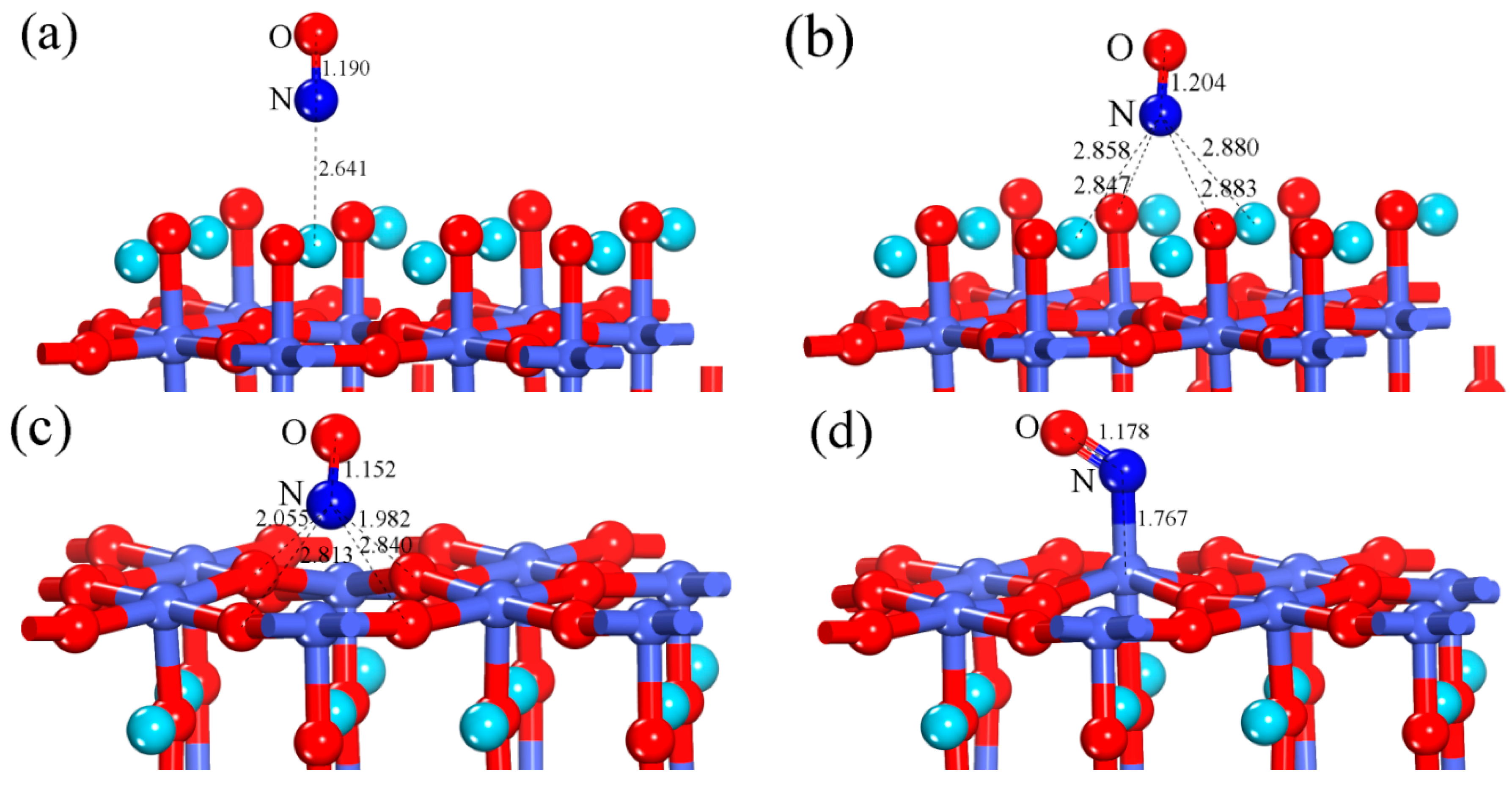
Metals, in particular, have various ways of migrating across a metallic surface. Knowledge of this diffusion helps the scientific community to design better catalysts, substrates, and give a better understanding of the underlying mechanics and reaction pathways of a given process. Propagation of adsorbed atoms on a metal surface is a chemical phenomena which is of great significance to surface chemistry. It was discovered that the hopping mechanism between forfold sites was more energetically favorable than the concerted substitution between the adatom and a surface platinum. The initial and final conditions were optimized and both the hopping and the substitution pathways were analyzed. Diffusion Pathways for Platinum Adatoms on a Platinum SurfaceĪnalysis of two possible methods of diffusion of platinum on a platinum metal surface in the forfold site. This entry was posted in 3rd Post 2019 on Apby Lev Krainov. Payne, “First principles methods using CASTEP”, Zeitschrift fuer Kristallographie 220(5-6) pp. Scheffler, “Accurate molecular van der Waals interactions from ground-state electron density and free-atom reference data”, Phys. Another possible explanation is that error due to our choice of system size, pseudopotential and vdW correction does not capture shallow local minimum at AA state. One possible scenario is that AA state is a transition state between two AB states with relative shift by a primitive unit vector. Line shows a second order polynomial fit.įigure 4 suggests that AA stacked bilayer graphene is not a local maximum, but could be transition state itself, since the RMS force at AA state was 2.5meV/A. Energy along our constructed path x_i(p) adjusted by the energy of AA configuration. The search fails at LST stage because AA stacking energy is the highest on path constructed by LST.įigure 4. The results of LST/QST search are shown on Fig 3. The reaction energy 13meV/atom was consistent with the binding energy differences obtained previously in the studies using the same method for vdW interaction. Resultsīefore the transition state search both AA and AB stacked bilayers were geometrically optimized using the same ECUT and KPOINTS. To speed up the computations we used ECUT=500eV and KPOINTS=11x11x1, providing convergence of energy up to 0.005eV. Then QST and CG steps are repeated until the RMS force is within 0.1eV/A. The result of QST maximization is again refined by conjugate gradient minimization(CG). The obtained approximation to the transition state is then used as an intermediate state for QST. The algorithm starts with LST, followed by conjugate gradient minimization. We chose matching pattern corresponding to shifting top layer as a whole, as mentioned above. The bottom layer is trivial, but the top layer could be matched in at least two different ways. The LST/QST algorithm requires one-to-one matching of product and reactant atoms. The parameters used for optimization were ECUT=650eV and KPOINTS=17x17x1. The reactant and the product have to be geometrically optimized, which was done previously. To find transition state we employ Linear and Quadratic Synchronous Transit methods(LST/QST). To account for interlayer van der Waals(vdW) interaction we used Tkatchenko-Scheffler DFT-D correction. Since plane-wave method requires periodic boundary conditions we make a box of height h=17 Å and a cross section matching unit cell of graphene(a=2.46 Å). SCF convergence tolerance was set to 5.0E-7eV/atom.

Pseudo atomic calculation is performed for 2s2 2p2 orbitals of C atoms. We also employ On-the-fly generated (OTFG) ultrasoft pseudopotential was used to describe the interactions of ionic core and valance electrons with a core radius of 1.4Bohr(0.74 Å). With CASTEP, we use the GGA-PBE as an exchange-correlation functional. Ground state energy computations were performed using DFT plane-wave pseudopotential method implemented in CASTEP. The unit cell is marked by a parallelogram. Such choice avoids trajectories crossing or touching boundary of the unit cell. Top(blue atoms) and bottom(orange) layers of reactant(left, AA stacking) and product(right side, AB stacking) used in calculations. In order to avoid atoms crossing periodic boundary of a unit cell a slightly modified unit cell was introduced for AB stacked bilayer graphene(Fig 2).įigure 2. This choice of transformation is explained by a strong intralayer and weak interlayer interaction in bilayer graphene. One way to represent this reaction is to shift the whole top layer by one bond length. For AB stacked bilayer A subltattice of top layer is on top of B subltattice of the bottom layer and B sublattice of the top layer is hovering over the center of honeycombs of the bottom layer.

(Source )For AA stacked bilayer the atoms are right on top of each other.


 0 kommentar(er)
0 kommentar(er)
